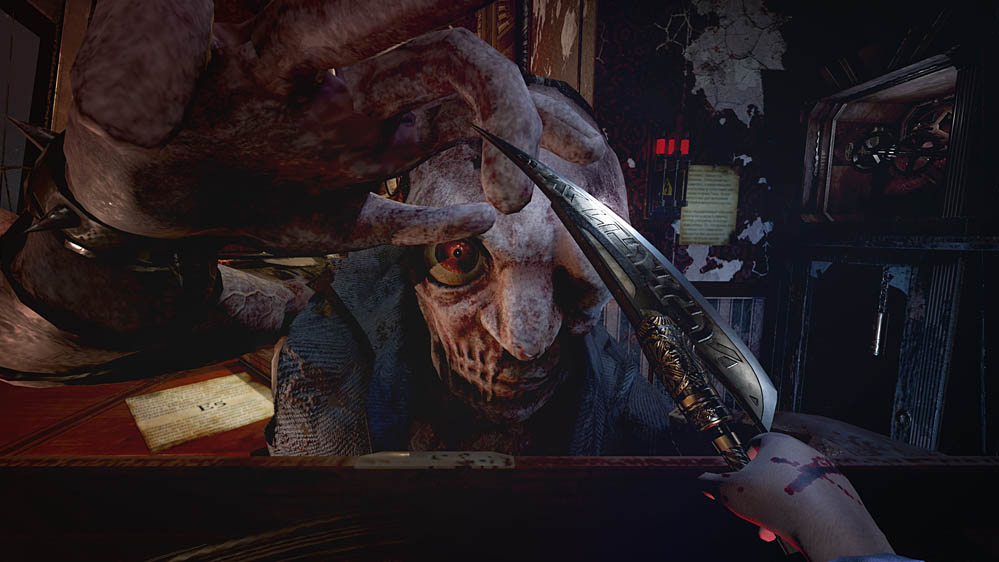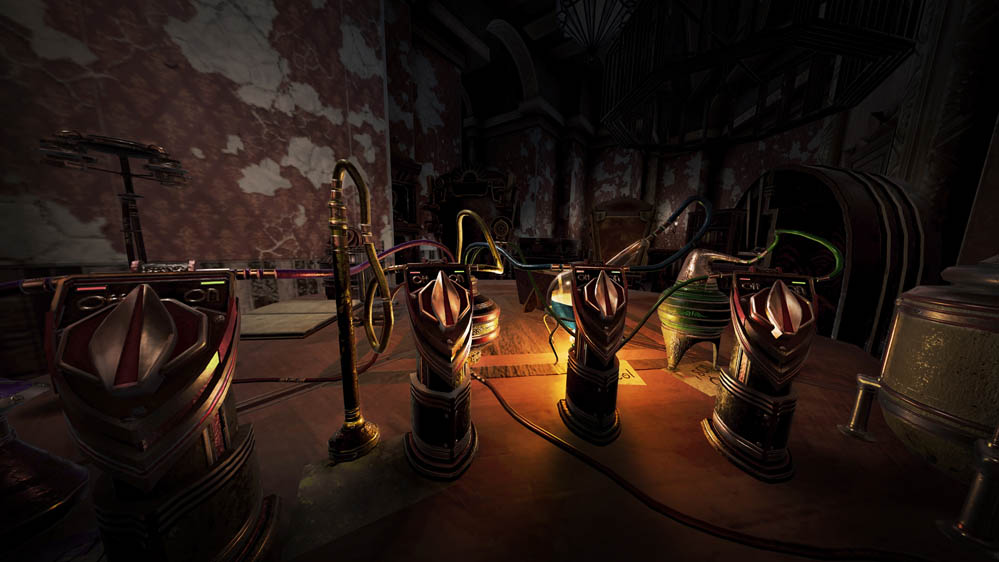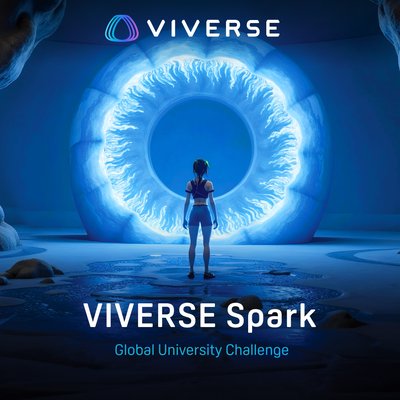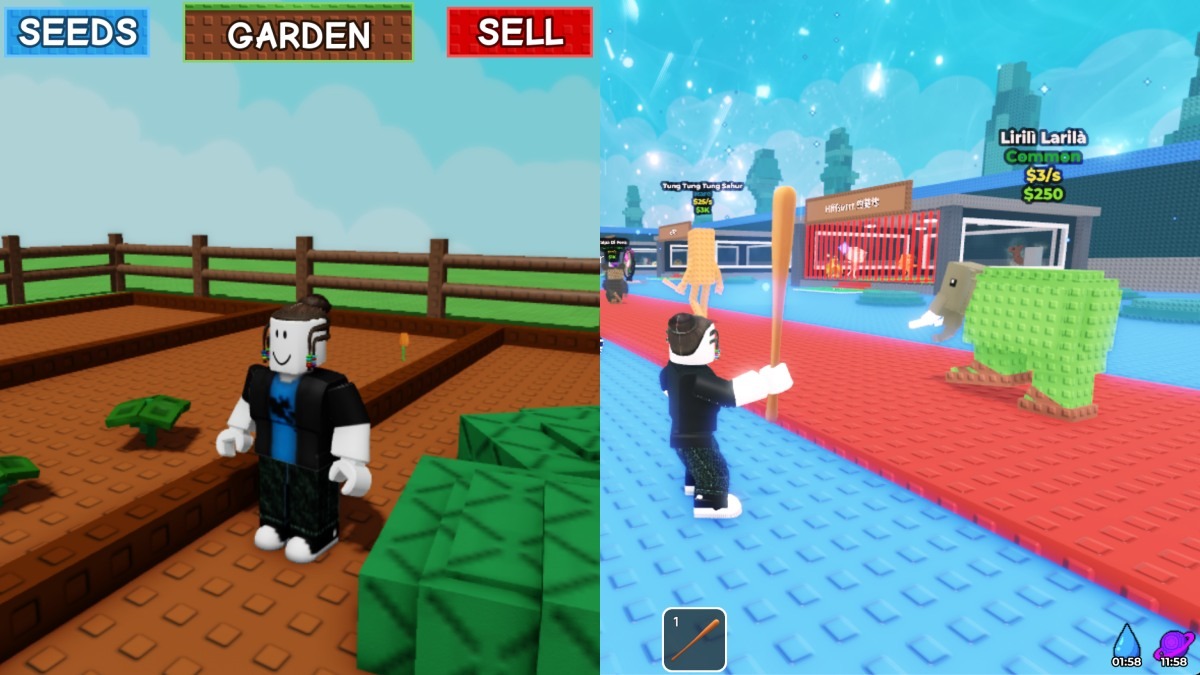The terrifying beings created by David Cronenberg influenced the main antagonist of both games. It’s an eerie imp, who still has some human attitude and consciousness.
Another talented horror writer, Stephen King and the amazing adaptation of his story The Mist by Frank Darabont inspired us to create the Mist World.
A human left alone with a completely new world is a very curious thing. Just like the first American Frontier explorers, each generation of the Conway family is drawn into the adventures in the uncanny Mist World that hides behind the vague teleportation mirrors.
To immerse myself into the right atmosphere while working I had things like the 80s and 90s movies of Cronenberg, Carpenter and Clive Barker playing in the background.
Every object in the game is unique. It was created with special attention to the details. Every pixel of texture has its place, and even the simple objects have something new to show every time people play.
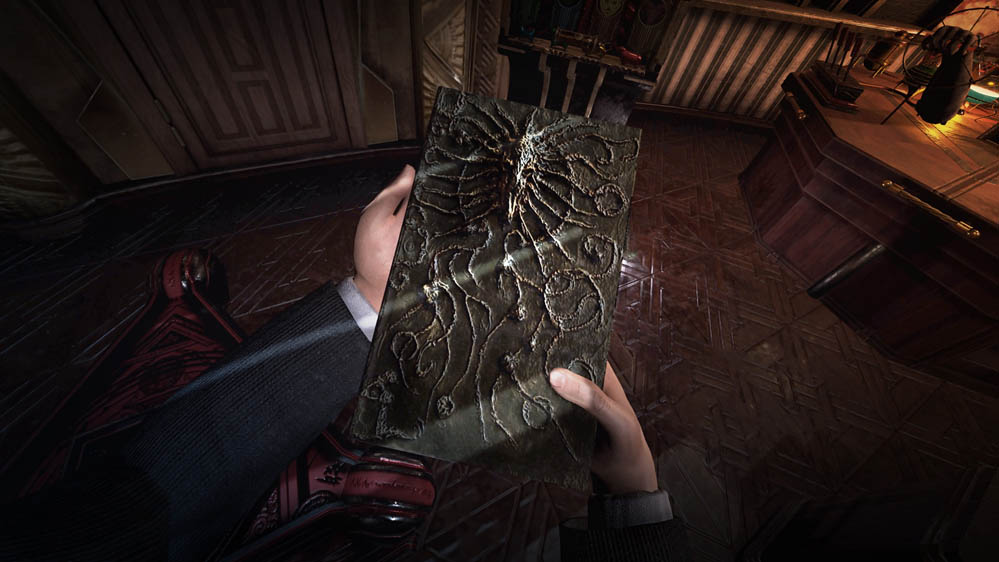
Creating a chilling, tense experience that also challenges the mind is no small order. How difficult was it to get the balance of chills and brain-teasing right?
It was important for us to show that even though there are furious battles, our story is mostly about the scientist. Many notes left by the main character’s grandfather lift the veil of the Mist World, depicting the main character as a brave and smart person with a curious mind.
Following his path, we ourselves turn from a watchmaker into an adventurer. You can most clearly see that in the Misty End, where the main character, denying the sins and fears of our world, is coming back to the Mist to face the truth.
Working on the puzzles in the grandfather’s laboratory, we were trying to make them as logical as possible, so the player in the end, after many tries could slap his or her forehead and say, “It was so simple!”
A good example is a puzzle with the mouse on the checkerboard, where players were trying to count the steps, memorize the direction – they may have already started to think we were maniacs of some kind – but the solution was at the surface.
Nevrosa differs pretty dramatically from your team’s previous work. Can you tell us a bit about how your previous development experience influenced the direction of the Nevrosa universe?
It’s hard to believe, but our team had never had game development experience before we created our company. Even such key aspects as 3D-modeling, texture making, working on Unity Engine, and story writing we were figuring out and mastering on the way.
We think that Gexagon as a company is a case where our motivation and desire to create products of high quality help to overcome our difficulties, and where warm hearts light up new talent and skills!
